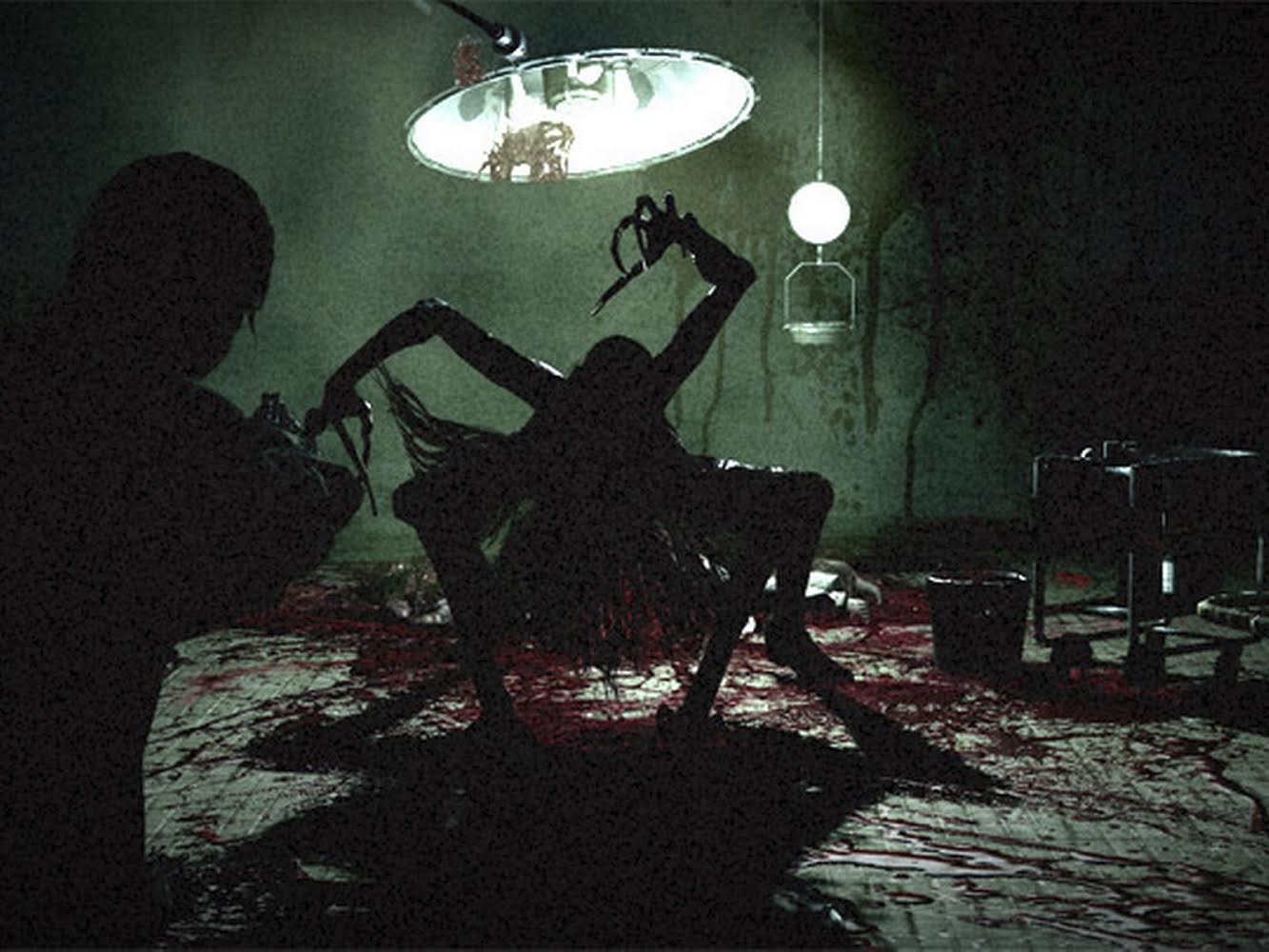
Japanese video game designer Shinji Mikami is a name that all survival horror fans recognize. He has been called the “master of survival horror” after the success of the “Resident Evil” franchise, which redefined the genre with its ‘tank’ control scheme and its focus on rationing limited resources. Mikami further cemented his reign with the 2005 release of the most popular title of the series, “Resident Evil 4.” After half a decade away from the genre, Mikami announced a secret project in 2010, which was revealed to be “The Evil Within.” Mikami stated that the game would be the last he directs, and with the king back on his throne, survival horror fans geared themselves up for a terrifying finale. “The Evil Within” was supposed to be a return to the roots of survival horror but its dependence on action-oriented gameplay causes it to fail.
“The Evil Within” follows Sebastian Castellanos, a veteran detective who finds himself trapped in the mind of Ruvik, a mad scientist with the goal to torment all those who come into contact with him. Castellanos faces unimaginable manifestations of Ruvik’s psyche and fights through hideous creatures to unravel the mystery behind the evil force confining him to a hellish nightmare.
The world is vast and different from most survival horror games. It feels like a nightmare, and each environment is stitched together from horrible memories. Players will jump through several environments via surreal transitioning. The flow of the game is very quick and sudden. Players will find themselves exploring the inner workings of haunted Victorian mansions before being thrown into the streets of a decimated metropolitan area. The environment plays an important part of the game and does well adding to the atmosphere.
Bosses like RE-Bone Laura, a creature with multiple limbs formed from the memory of Ruvik’s sister and her tragic death, and The Keeper, a tall, spiked hammer-wielding being with a safe for a head, add to the dreamlike feel of the game. Even common enemies are well designed, with mutilated flesh and bodies wrapped in barbed wire covered in shards of glass. Mikami’s eye for the grotesque is impeccable and both the level and character design are the main reasons why “The Evil Within” can be classified as a survival horror game.
The game has the look and feel of a survival horror, but the gameplay is a different story. Mikami has claimed that the game would be a return to true survival horror with less of an emphasis on action, but the fact that the game hinges on the use of weapons and melee mechanics contradicts this idea. The weapons are too effective. It’s hard to be scared if you can just blast away most of what scares you with a shotgun. Most boss battles take the “just fire away until it dies” approach. Players will find themselves dodging grotesque-looking monsters with ease, only having to turn around, shoot a couple of bullets, then rinse and repeat. The game lacks the need to survive and relies on its gore to be its main scare factor. Players will die tons of brutal deaths, but there is no real fear.
“The Evil Within” was supposed to be a return to traditional survival horror but has been held by many as the spiritual successor to “Resident Evil 4.” “Resident Evil 4” was a survival horror only by namesake but not in terms of gameplay. Games like “Amnesia: The Dark Descent” and “Alien: Isolation” are better depictions of survival horror by today’s standards. Both games make the player fear for their lives and fight for survival by using more than just bullets. “The Evil Within” is more of a horror action game than the survival horror game Mikami promised. And it is just another painful reminder of what mainstream survival horror games have become rather than an exemplar of what they are supposed to be.
Rating: 2.5 stars








